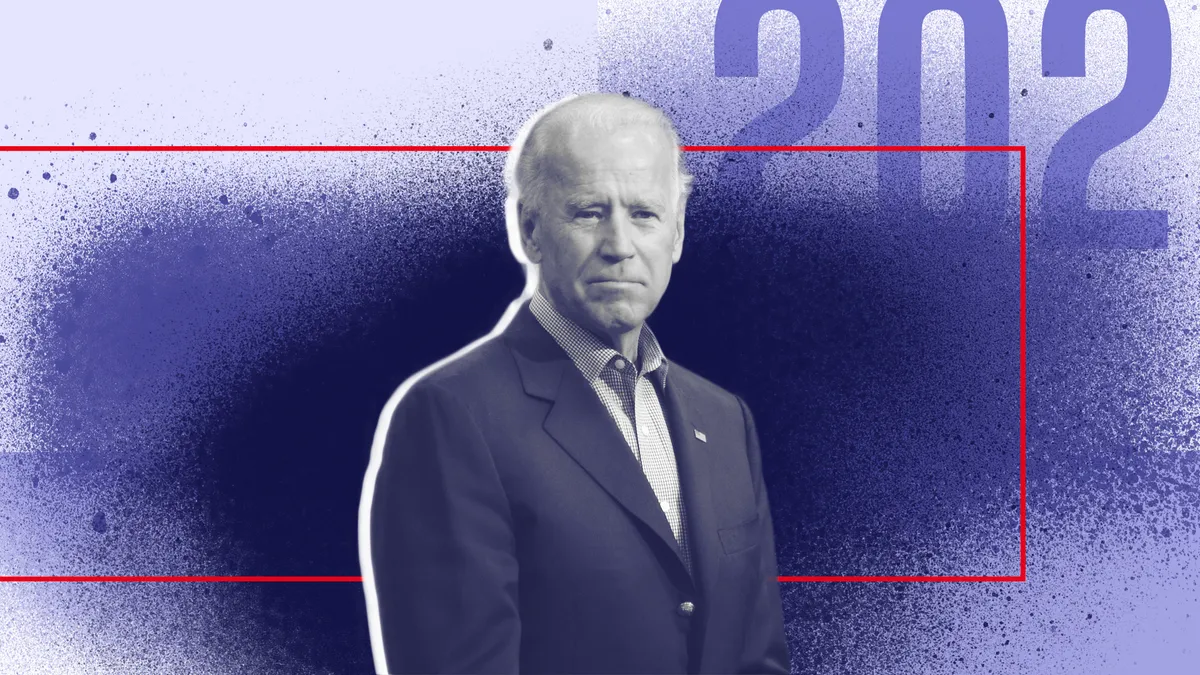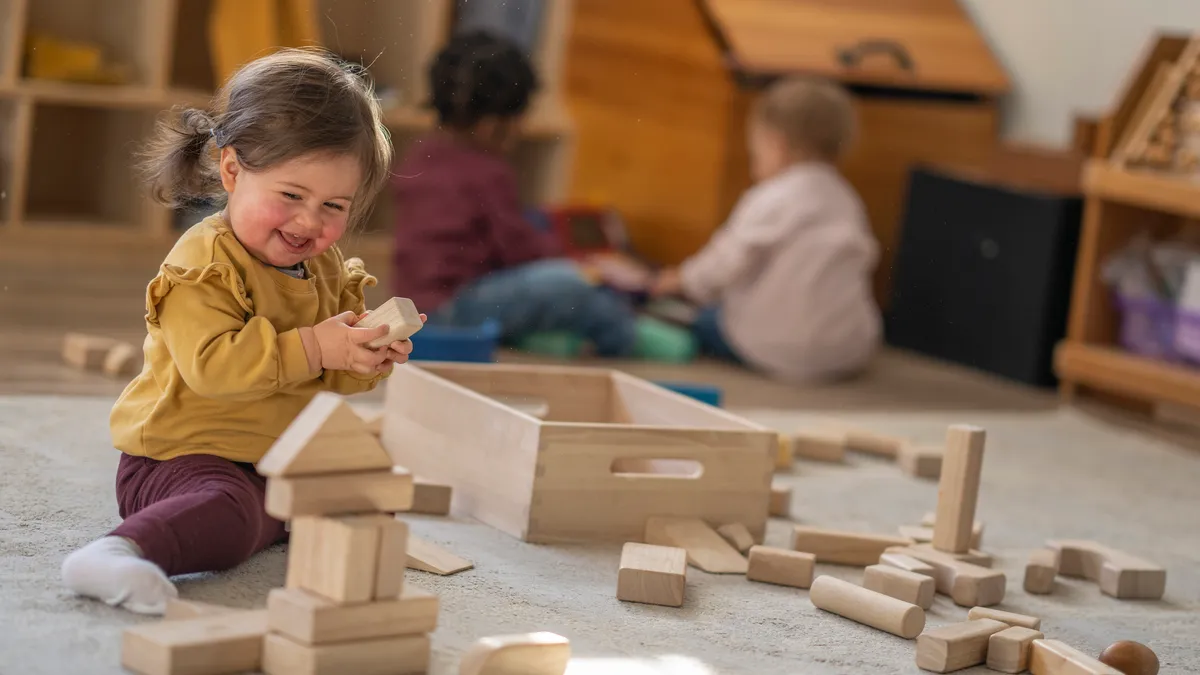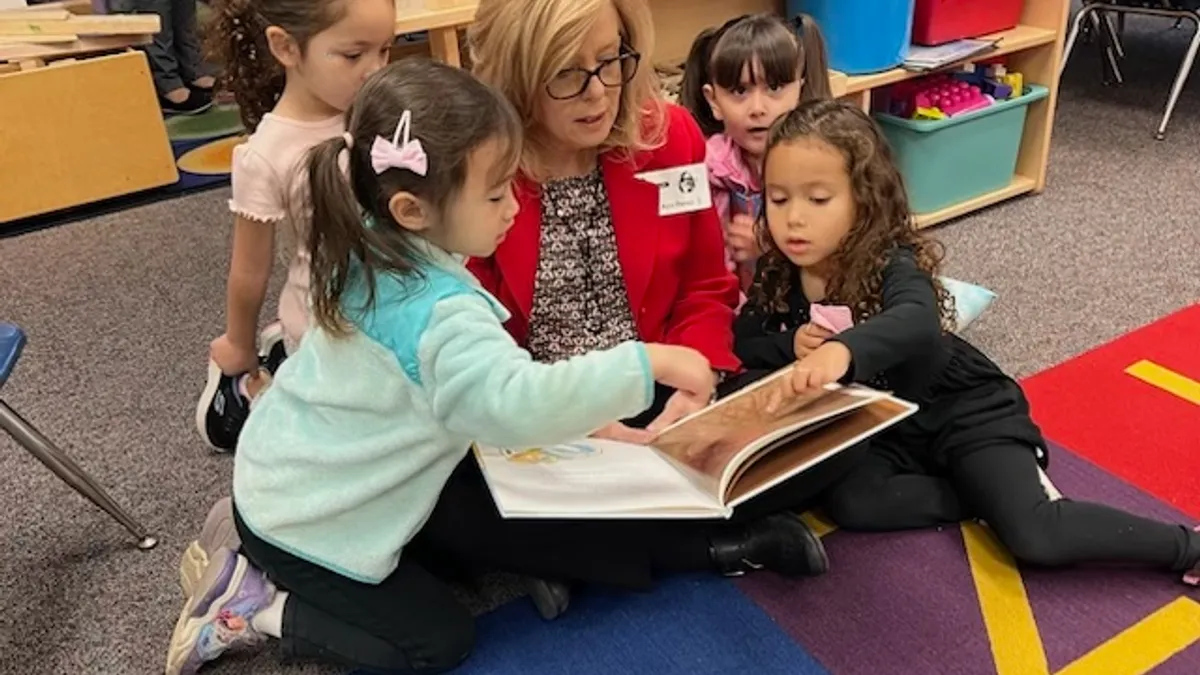Like the K-12 field at large, repercussions from the pandemic and economic instability have impacted early childhood education systems, which were already struggling with capacity and access issues prior to 2020. But the election of Joe Biden is giving momentum and hope for not only recovery, but expansion of preschool access and initiatives.
“These things are possible with a lot of work and intentional effort to cultivate relationships on both sides of the aisle,” said Tommy Sheridan, deputy director of the National Head Start Association.
But are President-elect Biden’s goals too ambitious or unrealistic — especially considering early educator programs will be competing with other worthy programs to fund a backlog of pandemic-related needs?
Within the specifics of Biden’s plan, early childhood education experts see a number of considerations that need to take place.
Encourage state-led universal preschool
Biden said he will work with states to offer high-quality, universal preschool for all 3- and 4-year-olds. Expanding preschool opportunities will help close achievement gaps and give parents access to quality schooling for their children. That, in turn, would benefit working parents, Biden’s campaign literature said.
The president-elect advocates for a mixed system of preschool services that would include public school systems, child care centers and family child care providers.
The preschool-for-all movement has also seen growing bipartisan support over the past decade, and the research showing the benefits for kindergarten preparedness is widely accepted.
Collectively, states increased funding for preschool programs by 47% from 2013 to 2018, according to the Education Commission of the States. Yet, only one-third of 4-year-olds and 6% of 3-year-olds attend state-funded preschool programs, according to the National Institute for Early Education Research.
NIEER also reports 25 states spent less on preschool programming in 2018-19 than before the Great Recession in 2007-08. The worst Pre-K enrollment declines came four years after the recession, the institute reports.
So while the desire to provide preschool to all 3- and 4-year-olds is strong, paying for programs may be the biggest challenge. Federal funding tends to be targeted to vulnerable populations, such as children with disabilities and those from low-income households. That leaves states, localities and private funders to fill in the missing pieces. Several states and localities, such as New Mexico, Vermont and the District of Columbia, have recently prioritized expanded access to preschool opportunities, according to leaders in those areas and reports on preschool access expansion.
In addition to funding, how preschool programs are structured can matter too, according to research. A study from Dartmouth College’s Department of Economics found young children who attended preschools open to all students had stronger test gains than students who attended a preschool that limits attendance based on certain demographics, such as household income levels.
Additionally, two Harvard University researchers have begun a long-term, large-scale study looking at a variety of informal and formal early childhood education and child care settings to determine what makes early education programming effective and high-quality. The early learning study’s aim is to help inform workforce development efforts and resources to target core practices important to child development regardless of a preschooler’s setting.
“We want to support quality across all these different settings,” said Stephanie M. Jones, co-director of the study and a professor of education at Harvard University’s Graduate School of Education.
Access to early childhood development experts
Biden’s plan also calls for more funds and grants to place early childhood development experts in community health centers and in pediatric offices with high percentages of patients who access Medicaid and the Children’s Health Insurance Program.
The president-elect strives to double the funding for the voluntary home visiting program for parents and young children through the Affordable Care Act. Home visiting professionals coach parents on children’s health and development, including school readiness skills.
These two efforts can help parents of infants and toddlers identify developmental delays and connect families to resources that provide supports, including early intervention services to children who qualify. Data analyzed by the Early Childhood Technical Assistance Center shows children who participated in the Individuals with Disabilities Education Act’s Part C early intervention program and Part B preschool program in 2018-19 made greater than expected gains, and many exit early intervention services at or above age expectations.
In a recent survey of state Part C coordinators, however, some expressed concern about current funding levels, with 17 respondents reporting their state funding was decreased or frozen. One state, which was not named, reported it was having serious discussions about leaving the voluntary Part C program.
Biden has also promised to work toward fully funding the IDEA.
Increase pay, professional development for preschool teachers
As part of his economic recovery plan, Biden pledges to increase pay and benefits for early childhood educators, as well as provide training and career advancement opportunities. That and other early childhood investments, such as universal preschool and affordable child care, is expected to cost $775 billion over 10 years, according to Biden’s plan.
“There is no reason an educator teaching toddlers should be making less than a similarly qualified kindergarten educator,” Biden’s plan said.
According to NIEER, preschool educator salary pay gaps compared to K-3 teachers can be between $20,000 and $30,000 a year. Hawaii, New Jersey, Oklahoma and Rhode Island were the only states to require equal starting salaries and salary schedules between all preschool and K–3 teachers, according to NIEER’s The State of Preschool report from 2018.
Sheridan, from NHSA, said although Head Start provides its preschool educators with opportunities for career growth and professional coaching, offering competitive salaries can often be a struggle. “It’s like the minor leagues: You can provide the education and skills, but then lose [educators] to other jobs,” he said.




















